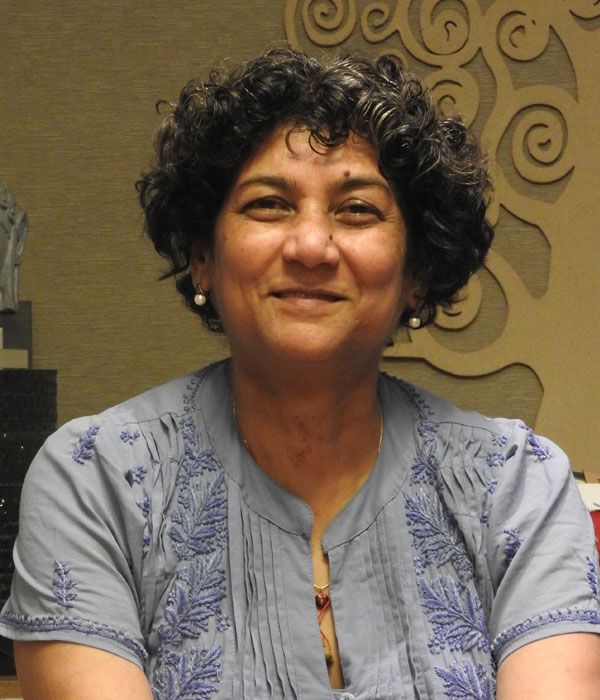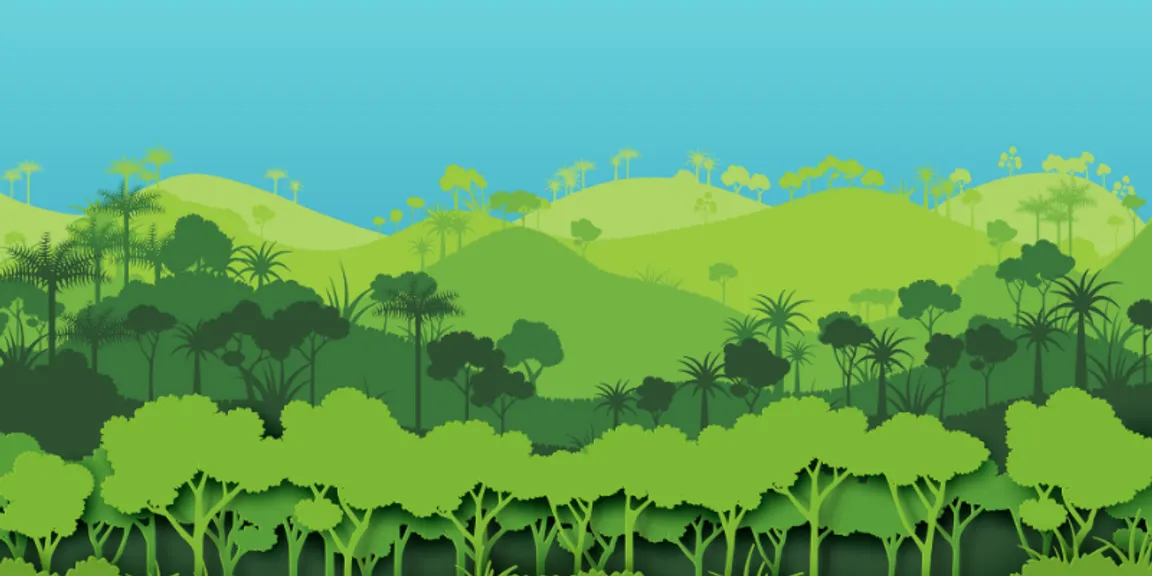

Art and environment
Exhibition of art in such a space which merges indoors with outdoors and has landscape forward approach would complement the healing power of art.
We associate environmentalism as a recent phenomenon but right from Palaeolithic cave paintings which represented aspects of nature important to humans and animals, till today artists through their art have shown deep concerns about our fragile natural environment. Their expressions depict “our bond with Nature” through various mediums, techniques and styles.
The creators of such art help society to understand the environmental forces. They raise awareness about the multifaceted and serious environmental problems facing our planet. The healing power of Art would work towards a positive charge towards mother earth.
So for physicality of the environment we create for this “living museum of art” the design interventions towards social sustainability, design activism and productive landscape need to be applied. Sustainable expression of ecological concepts in landscape design should come through.
Design that respects species diversity, reduce the deprivation of natural resources, maintaining nutrition and water circulation for plants and animals, habitat quality improving health of ecosystems.
Focus should be on reduction, reuse, recycle and renewable through the retention of site as is and its natural resources to the maximum possible extent, priority to recycling materials and eco efficiency based on local materials and green material besides wide use of – solar, wind energy, rainwater recycling and reduction of urban heat island effect.
The simplicity of such design would lead to a physical open space which would bring together art, science, environmental concerns and humanism
Use of technology and knowledge of traditional practices together would bring about a concept which is unique and sustainable conserving energy and creating a comfortable environment is paramount.
In PASSIVE DESIGN focus is on reducing carbon footprint.
Hence in hot climate, use of ventilated, radiant, evaporating cooling besides cooled soil as cooling source for the build mass can be a good solution. Also simple green concepts of just planting large canopy trees to reduce thermal energy by using these as shading devise. Grouping functional area concept have significance impact on energy consumption in addition to considering the orientation.
While ACTIVE DESIGN is based on technology and innovation in use of materials, optimization of processes and equipment and use of intelligent systems.
Use of low environmental impact materials like Recycled steel, low E glass and cool roof, using colour theory, composite lumber, vacuum insulation panels, plant based polyurethane foam etc. would contribute to lower energy consumption and improve energy efficiency rating.
A sustainable design matches appropriate plants to the site, its soil type, reducing negative environmental impact treating water as a valuable resource. These landscape sequester carbon, clean the air and water, increase energy, restore habitats and create value through significant economic, social and environmental benefits.
One should avoid designing only for design but create landscapes which play an integral role in dealing with climate changes and its consequent flooding, drought, water scarcity, soil sustainability, biodiversity etc. demonstrating ecological stewardship with nature based solutions.
Exhibition of art in such a space which merges indoors with outdoors and has landscape forward approach would complement the healing power of art.





